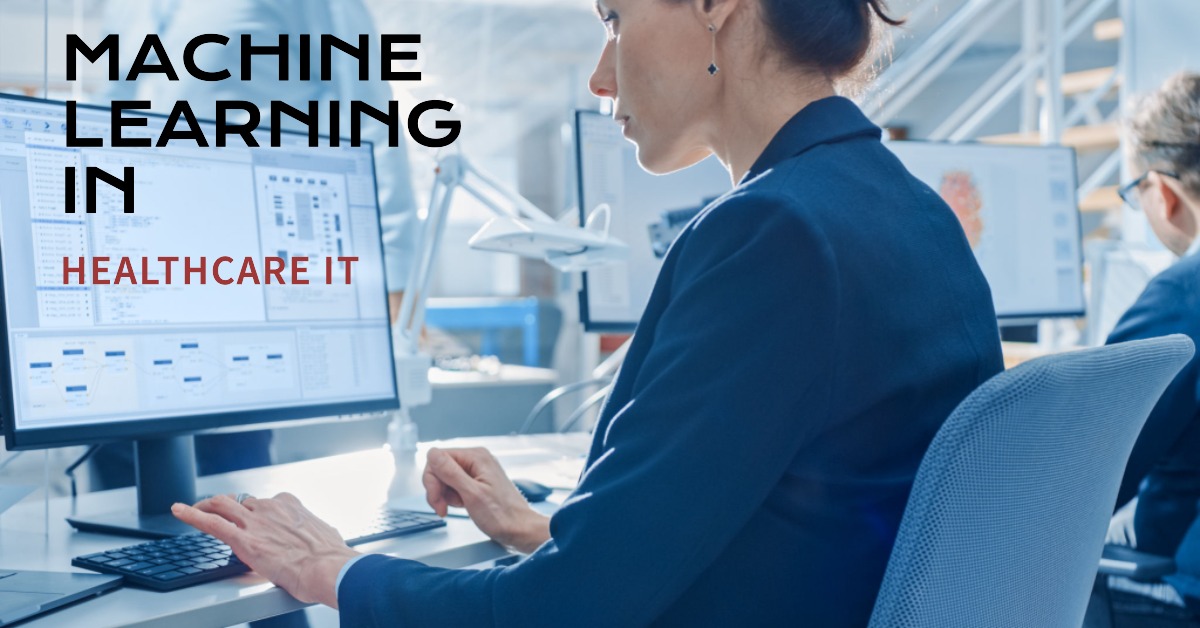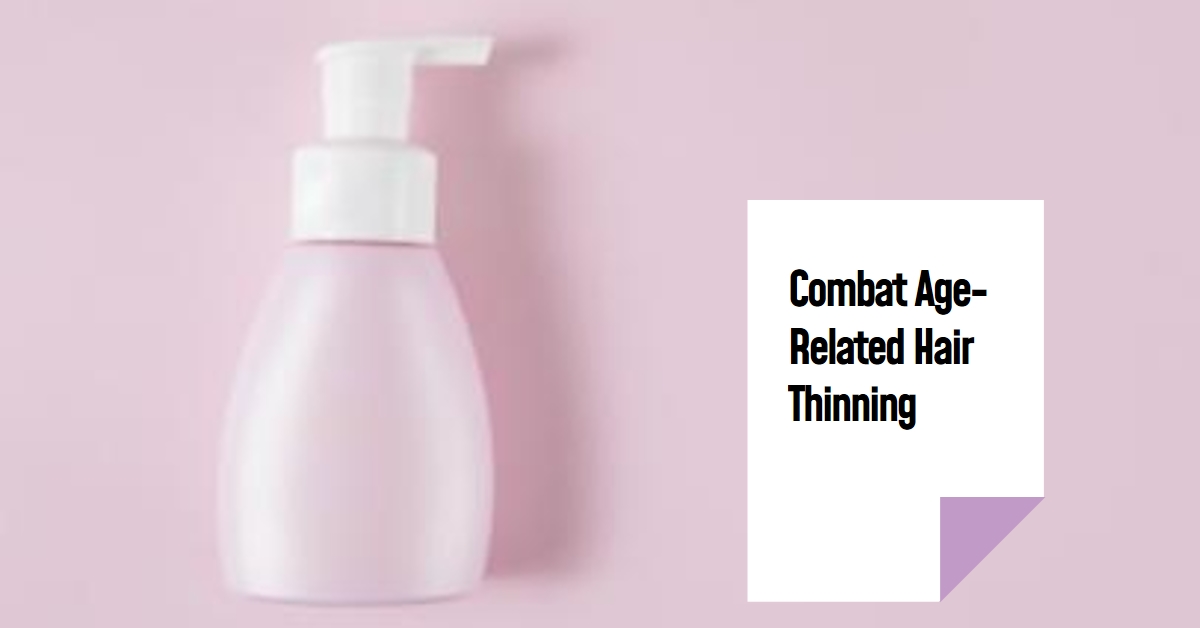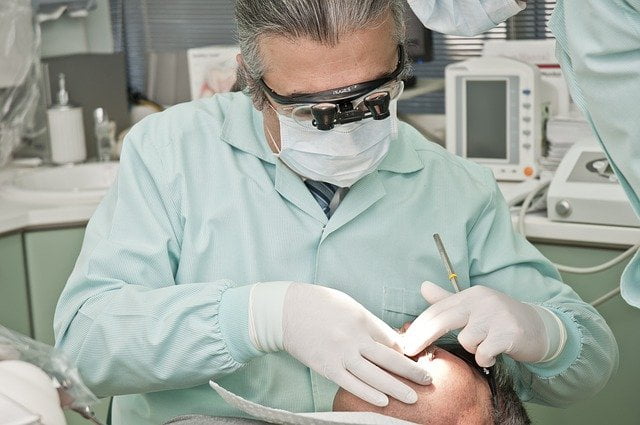You may have heard about machine learning, but do you know how it is changing healthcare IT? From predictive analytics to personalized medicine, the integration of machine learning in healthcare IT is revolutionizing the way we treat patients. In this article, we will discuss the benefits and limitations of this technology and discuss its potential for the future. Let’s dive in and explore how machine learning is transforming healthcare.
Machine learning has given us powerful tools to analyze data more accurately than ever before. By using algorithms that can recognize patterns in data sets, medical professionals can make more informed decisions about patient care. In addition to improving diagnosis accuracy, these technologies can also be used to predict treatments that are likely to be most effective for individual patients based on their unique characteristics. Furthermore, with machine learning-driven personalized medicine becoming increasingly popular, doctors now have access to a wealth of information that helps them tailor treatment plans specifically for each patient’s needs and preferences. As such, it is clear that there are many advantages associated with integrating machine learning into healthcare IT systems – but what are some of the challenges faced by this technology?
What is Machine Learning?
Understanding what machine learning is can be intimidating, but it’s actually just a way to use data to make smarter decisions. It’s essentially an automated process that uses algorithms and statistical models to analyze large amounts of data in order to identify patterns, trends, and relationships. This allows the system to learn from its findings and continually improve its results over time. At its core, machine learning is about finding ways to better understand our world using the vast amount of available data.
The potential benefits of implementing machine learning into healthcare IT are significant. For example, predictive analytics can help physicians predict the probability of certain conditions or diseases by tracking changes in patient health over time. Machine learning can also be used in personalized medicine: instead of prescribing treatments based on population averages, machine learning would allow clinicians to tailor treatments for each individual patient based on their unique characteristics and background. Finally, machine learning could provide greater insight into how diseases progress and evolve throughout a population, enabling more effective preventive care strategies for the future.
These developments represent a tremendous opportunity for healthcare organizations around the world – one with immense implications for improving outcomes and reducing costs across the industry as a whole. Moving forward, it will be imperative for organizations to incorporate these technologies into their existing systems in order to stay ahead of the curve when it comes to delivering quality care at scale. With that said, let’s take a closer look at some of the key benefits of integrating machine learning into healthcare IT systems today.
Benefits of Machine Learning in Healthcare IT
With its ability to crunch data quickly and accurately, ML is revolutionizing healthcare IT – ushering in an era of what’s been dubbed ‘telemedicine 2.0’. By leveraging predictive analytics, healthcare professionals can now anticipate health needs and provide preemptive care with more accuracy than ever before. Machine learning has enabled the analysis of vast amounts of data that would have otherwise been too costly or time consuming, allowing for more informed decisions on diagnosis and treatment. Additionally, machine learning systems have allowed for greater personalization in patient care by providing tailored recommendations based on individual medical history. This means that patients are able to receive the most effective treatments based on their specific situation.
In addition to improving the quality of patient care, ML can be used to reduce costs associated with healthcare IT by optimizing workflow processes such as inventory management and prescription drug ordering. AI-driven automation has made it possible to automate tedious manual tasks, freeing up staff time for more important duties while keeping costs low. Furthermore, machine learning algorithms are able to detect anomalies within a dataset which enable clinicians to identify fraud or abuse sooner than they could without AI assistance – helping keep costs down even further.
The use of machine learning in healthcare IT provides numerous benefits that make it an invaluable tool for improving patient outcomes and reducing operational costs. But this is just the beginning; predictive analytics will take these advantages even further by enabling actionable insights into patient behavior and lifestyle patterns.
Predictive Analytics
Predictive analytics is like a crystal ball into the future, empowering healthcare professionals to anticipate and address health needs before they become pressing issues. This technology has revolutionized the healthcare industry, allowing for more accurate predictions of patient outcomes with improved accuracy and speed. Here are some of the advantages that predictive analytics provides:
- Reduced costs associated with medical errors and misdiagnoses
- Improved patient safety by providing better visibility into current conditions and potential risks
- Enhanced overall care quality by predicting future trends in disease progression or treatment adherence.
The implementation of predictive analytics can help create a proactive approach to healthcare, eliminating unnecessary treatments or procedures while also improving access to timely care. By utilizing machine learning algorithms, healthcare providers are able to leverage data from multiple sources such as electronic health records (EHRs), claims data, genomic data, social determinants of health (SDOH) data, and environmental data to make more informed decisions about treatment protocols or preventative measures. As such, predictive analytics has been instrumental in helping improve the quality of care provided to patients while simultaneously reducing costs associated with preventable complications or readmissions.<br>With the use of predictive analytics in healthcare IT, personalized medicine is becoming increasingly achievable. By leveraging large amounts of patient-specific information from many different sources in real-time scenarios, physicians can now tailor treatment plans specifically for each individual patient.
Personalized Medicine
You can now take healthcare to the next level with personalized medicine, allowing you to tailor treatments specifically for each individual patient and providing better visibility into potential risks. Personalized medicine involves leveraging data from medical records and other sources to create tailored care plans that are based on a person’s unique health conditions, genetic makeup, lifestyle habits, and environmental factors. This approach enables physicians to provide more effective treatment options based on an individual’s needs.
Furthermore, personalized medicine allows healthcare providers to use machine learning algorithms to detect subtle signals of disease earlier than ever before. For example, machine learning algorithms can be used to identify patterns in health data that may indicate the early onset of a particular condition or risk factor. By detecting these signs earlier on in the process, it opens up opportunities for interventions that could potentially prevent further progression of the disease or even reverse its effects altogether.
This type of proactive approach has been proven successful in many areas including cancer diagnosis and treatment as well as cardiovascular disease management. Through personalized medicine enabled by machine learning technology, patients have access to a more comprehensive understanding of their own health which can lead to improved outcomes. With this knowledge comes greater awareness and responsibility for one’s own wellbeing which is key in achieving long-term positive results from treatments. Transitioning seamlessly into the subsequent section about ‘challenges and limitations of machine learning in healthcare IT’, we must consider how best to tackle these issues while still striving towards the goal of better healthcare through advanced technologies such as predictive analytics and personalized medicine.
Challenges and Limitations of Machine Learning in Healthcare IT
Although machine learning has the potential to revolutionize healthcare, there are still many challenges and limitations that must be addressed in order for it to reach its full potential. For example, one of the biggest issues is data privacy and security. Machine learning algorithms require access to large amounts of data, which can include sensitive information about patients or other stakeholders. This raises questions about who owns this data and how it can be used responsibly. Additionally, there is a need for effective governance models to ensure that machine learning applications are used ethically and securely.
Another challenge of using machine learning in healthcare IT is ensuring accuracy and reliability. Machine learning algorithms are only as powerful as the data they are fed with, so any errors or biases in the input data will lead to inaccurate predictions or diagnoses. Furthermore, machine learning models require continual training and maintenance in order to remain accurate over time; if they are not updated regularly then their accuracy may degrade significantly due to changing conditions or new evidence-based approaches being developed.
Finally, integrating machine learning into existing healthcare IT systems is no simple task; it requires significant investment of time and resources from both technical experts as well as clinicians who understand the complexities of medical care delivery systems. To successfully implement these technologies requires collaboration between a wide range of stakeholders across multiple disciplines – from engineers and software developers to physicians and health administrators – which can be difficult given competing interests within organizations. With these challenges in mind, it’s clear that transitioning from predictive analytics towards personalized medicine will necessitate careful planning and execution moving forward.
The Future of Machine Learning in Healthcare IT
As technology advances, machine learning in healthcare IT has the potential to revolutionize patient care and create more personalized experiences. From developing new medical treatments to streamlining administrative tasks, there are endless possibilities for this powerful technology. Here are four ways machine learning in healthcare IT will shape the future of medicine:
1. Automated Diagnosis: Machine learning algorithms can be used to detect disease through symptoms or biomarkers with greater accuracy than traditional methods. This automated approach could allow doctors to identify diseases much earlier and provide more effective treatment plans tailored to each patient’s individual needs.
2. Personalized Treatment Plans: By collecting data from a variety of sources, machine learning algorithms can help generate personalized treatment plans based on an individual’s genetic makeup, lifestyle, and other factors. This could lead to improved outcomes as well as more cost-effective treatments that target specific conditions rather than treating all patients the same way.
3. Improved Care Coordination: Machine learning can also be used to improve care coordination between different providers by aggregating data into one system and providing insights about how best to manage a patient’s care plan across multiple providers. This would reduce redundant tests and procedures while enabling better communication between providers for improved continuity of care for patients.
The potential applications of machine learning in healthcare IT are vast and far reaching, from predictive analytics to personalized medicine; it is only a matter of time before we see its impact on our daily lives in health care settings around the world. As technologies continue to evolve at an ever-increasing rate, it is likely that machine learning will become an integral part of healthcare IT systems in the near future—opening up exciting opportunities for researchers and practitioners alike!
Conclusion
You can’t ignore the incredible impact machine learning has had in healthcare IT. From predictive analytics to personalized medicine, it has revolutionized the way we manage patient care and keep track of data. Machine learning is here to stay and will continue to bring more benefits in the future as technology advances. However, there are still challenges that need to be addressed before we can fully utilize its potential. With proper implementation and strategic planning, machine learning can help us create a more efficient and accurate healthcare IT system for everyone’s benefit.













































































0